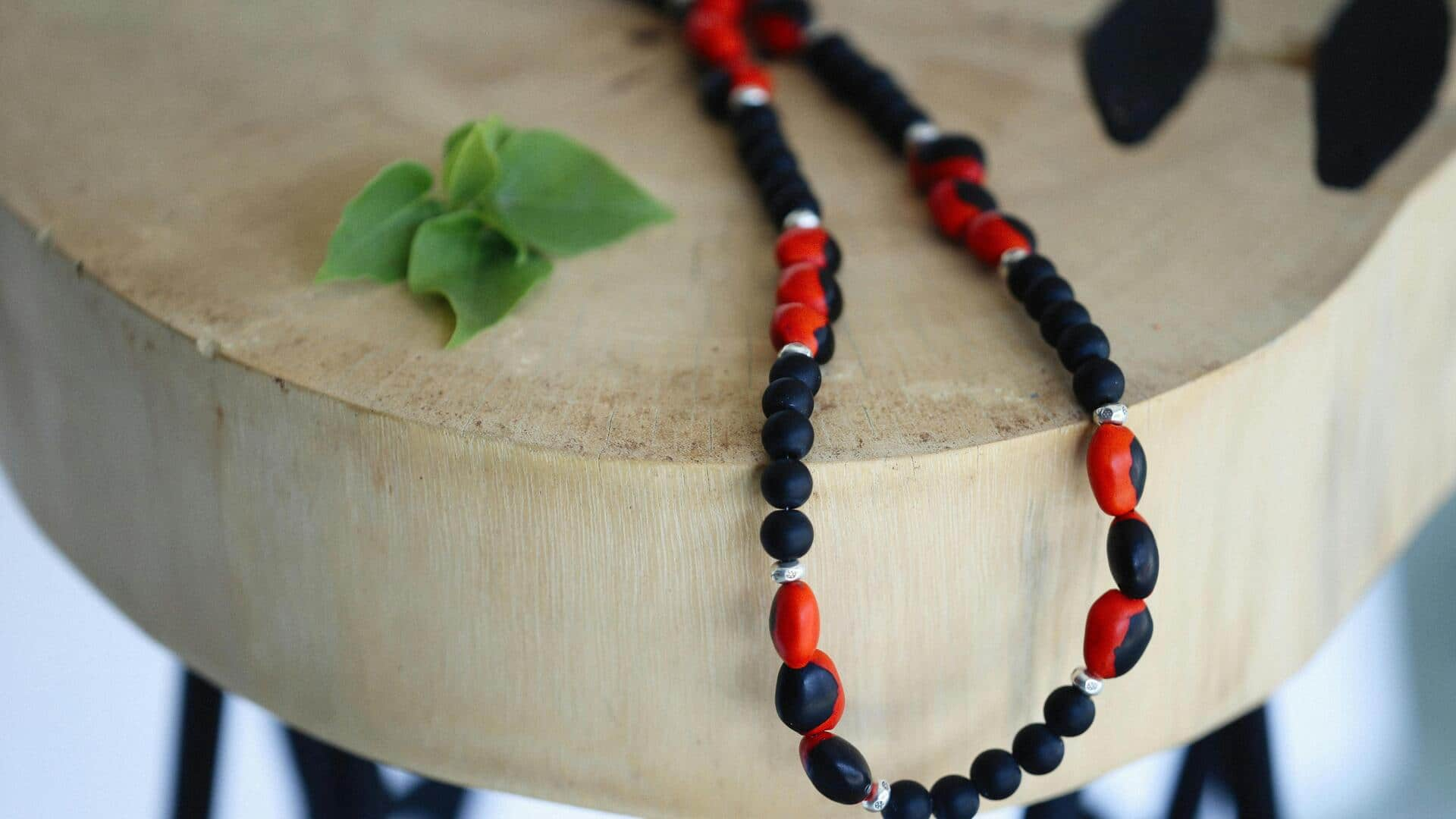
Exploring the evolution of beaded jewelry
What's the story
Beaded jewelry has been an integral part of African culture for centuries. The art of beading is not just a means of adornment, but also a way to express identity, status, and community. Today, this ancient craft is witnessing a renaissance as artisans blend traditional techniques with modern designs. This article explores the evolution of African beaded jewelry, highlighting its cultural significance and contemporary adaptations.
#1
Historical roots of beading
The history of African beaded jewelry dates back thousands of years. Beads were used in trade and communication before they became a decorative element. Each bead type had its own meaning and was used to convey messages or tell stories. The craft was passed down generations, preserving cultural heritage while adapting to changing times.
#2
Modern adaptations in design
Today's African beaded jewelry marries traditional techniques with contemporary aesthetics. Artisans are experimenting with colors, patterns, and materials to make pieces that appeal to a wider audience. This fusion of old and new not only preserves the craft but also makes it relevant in today's fashion world.
#3
Economic impact on communities
The beaded jewelry industry also provides economic opportunities for many communities across Africa. By selling their crafts locally and internationally, artisans can achieve financial independence and uplift their communities. The rise in demand for these unique pieces has also led to the establishment of cooperatives that support sustainable practices.
#4
Cultural significance remains strong
Despite modern influences, the cultural significance of beaded jewelry remains strong in Africa. Many people still wear traditional pieces during ceremonies or special occasions as a way to honor their heritage. The symbolism embedded in each design continues to resonate deeply within communities.